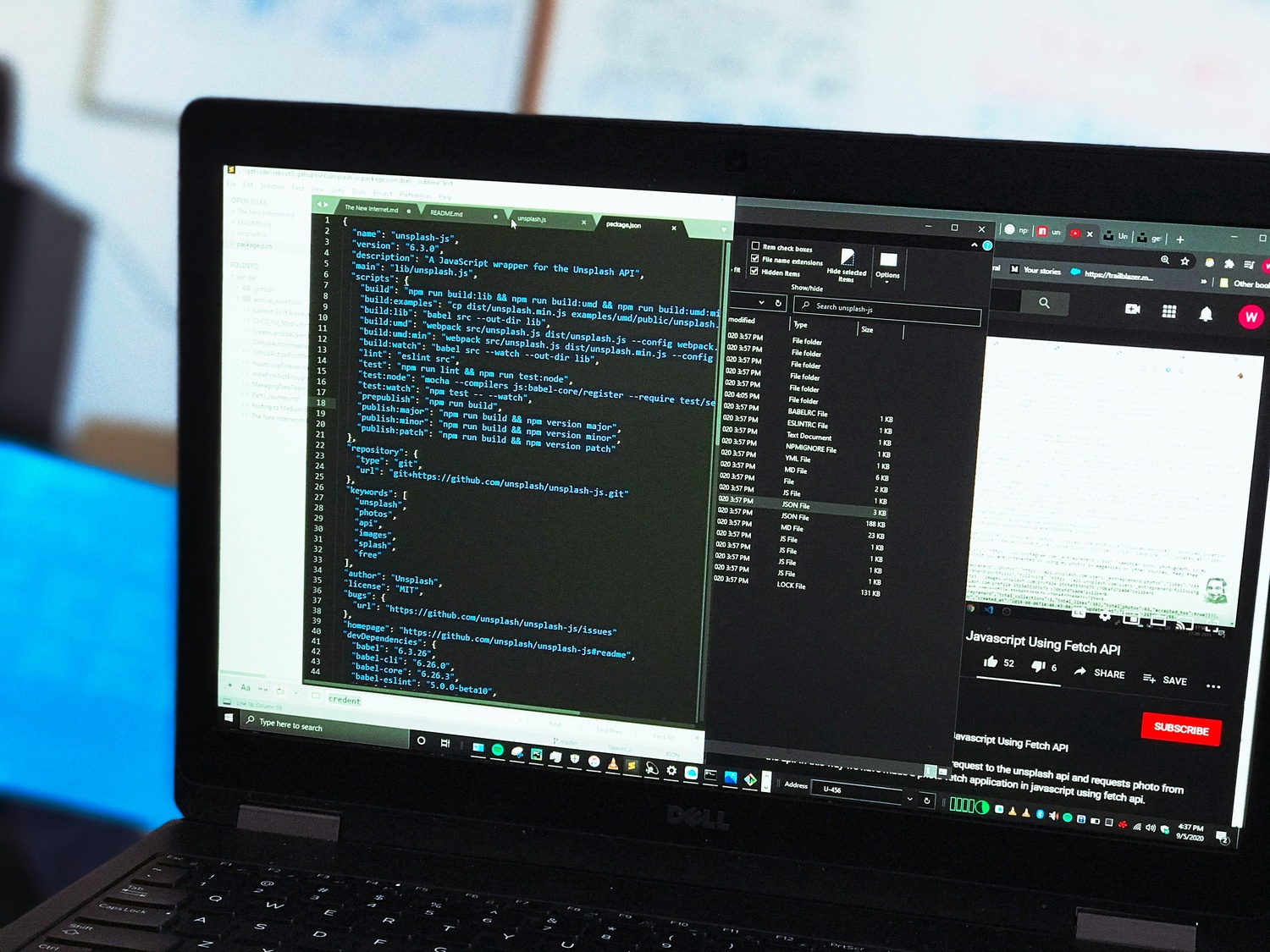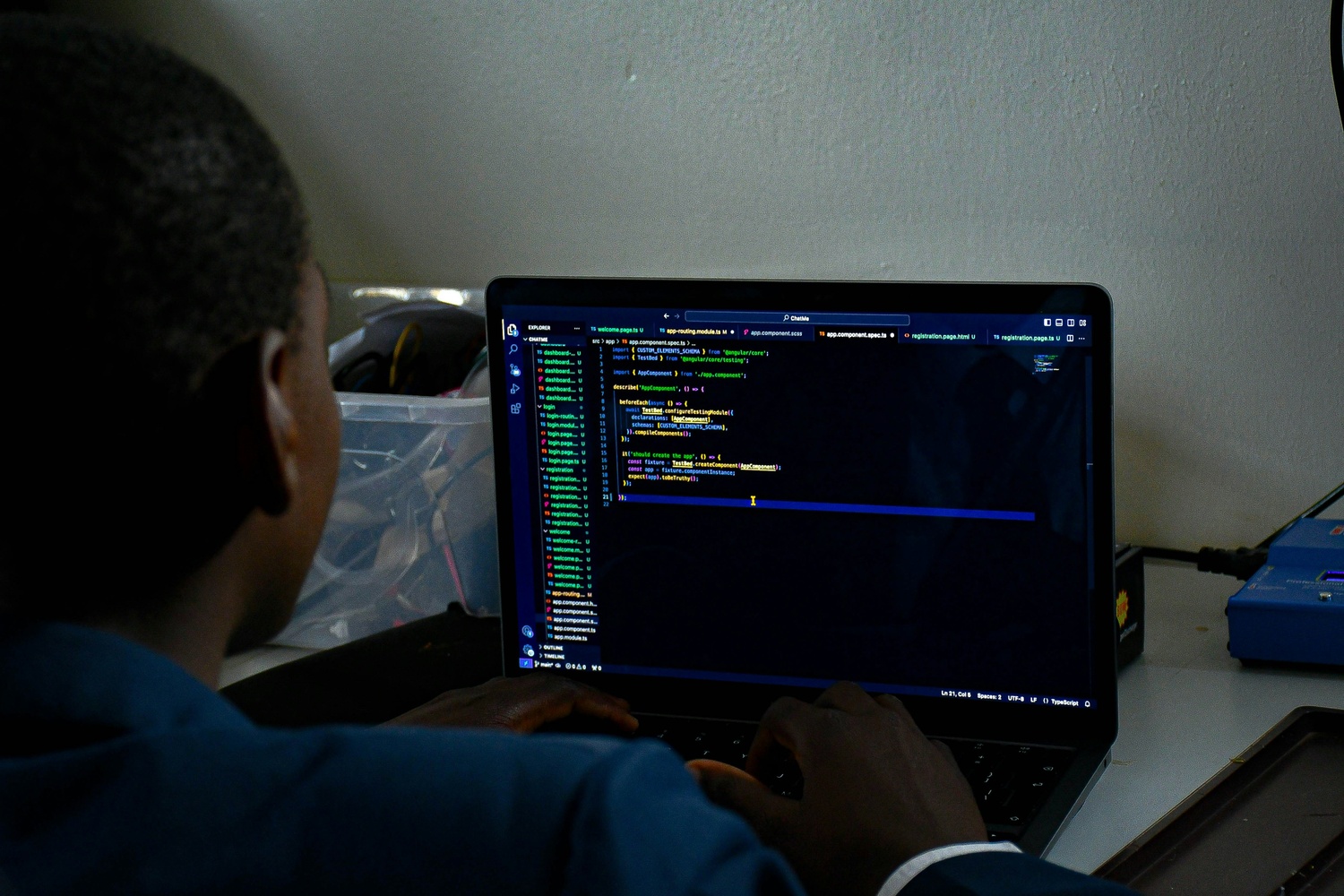Containers changed the way we build and ship software. Instead of worrying about whether something runs the same in staging and production, containerization tools let teams package everything – code, dependencies, and runtime, into neat, predictable units. In DevOps, this means less time fixing environment issues and more time shipping features. From Docker to Podman and beyond, these tools have become the backbone of modern development pipelines, making apps portable, scalable, and easy to manage no matter where they run.

1. AppFirst
At AppFirst, they approach containerization tools in DevOps from a developer-first perspective. Their platform is built around one core idea – developers shouldn’t have to spend hours configuring infrastructure just to deploy an application. Instead of juggling Terraform, YAML, or CDK files, teams simply define what their app requires, whether that’s compute, databases, or networking, and AppFirst takes care of everything else behind the scenes. The goal is to let teams move quickly while staying compliant and avoiding the usual friction of provisioning and configuration.
They automatically provision secure, compliant infrastructure across AWS, Azure, and GCP, so developers can focus on shipping features instead of maintaining environments. With built-in logging, monitoring, and auditing, AppFirst keeps every deployment transparent and traceable. It’s designed for teams who want to focus on building products, not managing platforms. Whether used in SaaS or self-hosted mode, AppFirst maintains consistent environments, keeps costs visible, and removes unnecessary DevOps overhead.
נקודות עיקריות:
- Application-first platform that automates infrastructure provisioning
- Works across AWS, Azure, and GCP
- Includes built-in logging, monitoring, and auditing
- Supports SaaS and self-hosted deployment options
- Enforces cloud security and compliance best practices by default
Good Choice For:
- DevOps teams who want to skip manual infrastructure setup
- Developers focusing on application delivery instead of cloud config
- Organizations standardizing infrastructure across multiple clouds
- Teams seeking compliance-ready automation without extra tooling
Contacts:
- אֲתַר אִינטֶרנֶט: www.appfirst.dev
2. Docker
Docker changed how developers build and ship applications. Instead of setting up the same environment over and over again, teams can just package everything an app needs into a container and run it anywhere. It works nicely with popular DevOps tools like GitHub, CircleCI, and VS Code, so there’s no need to reinvent your workflow. Developers can build locally, test in the cloud, and share images with teammates through Docker Hub, all without the usual setup headaches.
As one of the go-to containerization tools in DevOps, Docker makes life easier by keeping environments consistent from development to production. It comes with tools like Docker Desktop, Docker Compose, and Docker Build Cloud, all meant to simplify the process of managing multi-container apps. Whether you’re deploying to Kubernetes or a cloud service like AWS or Azure, Docker helps teams focus more on building features and less on configuration chaos.
נקודות עיקריות:
- Lets teams build, share, and run containers consistently across systems
- Works with Kubernetes and major cloud platforms
- Integrates easily with GitHub, CircleCI, and VS Code
- Includes Docker Desktop, Compose, and Build Cloud
- Keeps app performance stable across local and remote setups
Good Choice For:
- DevOps teams that need consistent environments
- Developers who want faster, cleaner builds
- Teams running containerized apps in CI/CD pipelines
- Projects using microservices or multi-container systems
Contacts:
- Website: www.docker.com
- Phone: (415) 941-0376
- Address: Docker, Inc. 3790 El Camino Real # 1052 Palo Alto, CA 94306
- LinkedIn: www.linkedin.com/company/docker
- Facebook: www.facebook.com/docker.run
- Instagram: www.instagram.com/dockerinc
- Twitter/X: x.com/docker

3. containerd
containerd is one of those behind-the-scenes tools that keeps modern container workflows running smoothly. It’s a container runtime, basically, the layer that handles all the core stuff like pulling images, starting containers, and managing resources. You’ll find it under the hood in systems like Docker and Kubernetes. It’s lightweight, stable, and sticks to open standards so everything works predictably no matter where it’s deployed.
Because containerd focuses purely on container operations, it stays simple and reliable. It manages the full container lifecycle: creating, running, and cleaning up containers, without the bloat of extra features. It’s used across Linux and Windows environments and plays well with big cloud setups too. In short, it does the heavy lifting so higher-level DevOps tools can do their job.
נקודות עיקריות:
- Handles everything from image transfer to container execution
- Works on both Linux and Windows systems
- Follows open OCI standards for compatibility
- Lightweight and stable for production environments
- Powers tools like Docker, Kubernetes, and AWS Fargate
Good Choice For:
- Teams that need a dependable container runtime layer
- Developers working closely with Docker or Kubernetes
- Organizations that want simplicity and open standards
- Environments where stability and control matter most
Contacts:
- Website: containerd.io
- Twitter/X: x.com/@containerd
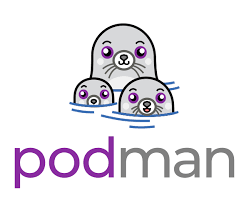
4. Podman
Podman takes a different approach to container management by running without a central daemon. That might sound technical, but it basically means it’s faster, lighter, and doesn’t need root access to do its job. Developers can spin up containers, manage pods, and work with images all from their local setup. It’s open source, plays well with Kubernetes, and is fully compatible with Docker commands, so switching over doesn’t require relearning everything.
For DevOps teams, Podman is all about control and security. Its rootless mode makes it safer to run containers without giving up functionality. You can even use it to generate Kubernetes YAML directly from your pods or deploy straight to a cluster. Whether you’re building locally or managing multiple environments, Podman gives teams the flexibility to run containers their own way without getting tied to a single platform.
נקודות עיקריות:
- Runs without a daemon for better performance and control
- Supports rootless containers for added security
- Works with Docker CLI and compose files
- Integrates with Kubernetes for pod creation and management
- Available on multiple platforms with CLI and Desktop options
Good Choice For:
- Developers who want secure, rootless containers
- Teams moving from Docker but keeping similar workflows
- DevOps pipelines that need local Kubernetes integration
- Open source users avoiding vendor lock-in
Contacts:
- Website: podman.io
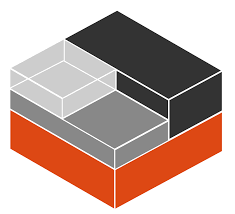
5. Linux Containers (LXC and Incus)
Linux Containers, often referred to as LXC, is one of the oldest and most stable containerization technologies in the Linux ecosystem. It provides a low-level way to run full Linux systems in isolated environments, acting as a middle ground between lightweight containers and full virtual machines. Unlike app-focused containers, LXC containers behave more like complete operating systems, making them a good fit for workloads that need system-level functionality without the overhead of virtualization.
Under the LinuxContainers.org umbrella, several related tools expand what LXC can do. Incus, for example, manages both containers and virtual machines, offering a consistent experience across development and production environments. Tools like LXCFS and Distrobuilder help fine-tune container behavior and automate image creation. Altogether, these projects give DevOps teams more control and flexibility when building Linux-based container systems.
נקודות עיקריות:
- Provides system containers that mimic full Linux environments
- Offers tools like Incus for managing both containers and VMs
- LXCFS improves compatibility by adjusting system information in containers
- Distrobuilder automates image creation for various Linux distributions
- Vendor-neutral and widely adopted across Linux ecosystems
Good Choice For:
- Teams running full Linux systems inside containers
- DevOps engineers managing hybrid workloads of containers and VMs
- Organizations using Linux-native infrastructures
- Developers looking for stable, flexible container environments
Contacts:
- Website: linuxcontainers.org

6. Buildah
Buildah is a lightweight tool for building Open Container Initiative (OCI) images without needing a full container runtime like Docker. It lets developers create and manage container images from scratch or using scripts, Dockerfiles, or even command-line instructions. What makes Buildah popular in DevOps workflows is that it doesn’t rely on a running daemon, which gives users more control and simplifies automation pipelines.
The tool fits naturally into environments that value flexibility and security. Since Buildah can run in rootless mode, it’s safer for shared systems and CI/CD pipelines. It also integrates seamlessly with other tools like Podman and Skopeo, making it easy to build, test, and distribute images across different registries. For teams that want a clean, direct way to manage image builds, Buildah keeps things efficient without adding unnecessary layers.
נקודות עיקריות:
- Builds OCI-compliant images without a container runtime
- Runs daemonless for better security and control
- Supports Dockerfiles, command-line builds, and scripting
- Integrates with Podman and Skopeo for complete workflows
- Works well in both root and rootless environments
Good Choice For:
- DevOps teams focused on custom or automated image builds
- Developers looking for lightweight alternatives to Docker
- CI/CD pipelines needing secure, rootless build tools
- Teams using Podman or Kubernetes for deployment
Contacts:
- Website: buildah.io
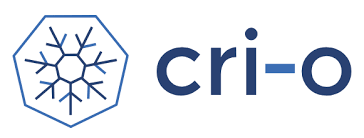
7. CRI-O
CRI-O is a container runtime designed specifically for Kubernetes. It implements the Kubernetes Container Runtime Interface (CRI), meaning it handles how pods and containers actually run under the hood. Instead of using Docker as the runtime, CRI-O connects directly to Kubernetes and supports any Open Container Initiative (OCI)–compliant runtime, such as runc or Kata Containers. This lightweight approach reduces complexity and makes clusters more efficient.
For DevOps teams, CRI-O provides a simple and stable runtime that integrates tightly with Kubernetes while maintaining strong security standards. It supports pulling images from any registry, uses standard networking plugins, and leverages Linux kernel features like SELinux and seccomp for isolation. CRI-O’s minimal footprint and CNCF backing make it a dependable choice for organizations running containerized workloads at scale.
נקודות עיקריות:
- Kubernetes-native container runtime built on OCI standards
- Works with runc, Kata Containers, and other compatible runtimes
- Supports image pulls from any OCI-compliant registry
- Uses CNI plugins for networking and Linux security tools for isolation
- Lightweight and optimized for stable Kubernetes operations
Good Choice For:
- DevOps teams managing Kubernetes clusters
- Organizations replacing Docker with a lighter runtime
- Developers working with OCI-compliant images and tools
- Environments that prioritize performance and compliance
Contacts:
- Website: cri-o.io

8. Balena Engine
Balena Engine is a lightweight container engine built specifically for IoT and embedded devices. It’s based on Docker’s Moby Project but optimized for small environments where every megabyte counts. Unlike traditional container engines meant for servers or desktops, Balena Engine focuses on efficiency, it has a much smaller footprint, supports a wide range of chip architectures, and minimizes disk wear by handling container layers in a more careful, resource-aware way.
For DevOps teams working with connected devices or edge computing, Balena Engine bridges the gap between containers and hardware constraints. It’s compatible with Docker containers, so teams don’t have to change their development workflow, but it adds features tailored to IoT, like binary delta updates and fail-safe image pulls. It’s a practical option for managing fleets of small devices that still need reliable, containerized deployments.
נקודות עיקריות:
- Container engine optimized for embedded and IoT devices
- 3.5x smaller than Docker CE, packaged as a single binary
- Compatible with Docker containers and Moby-based technologies
- Supports container deltas for bandwidth-efficient updates
- Uses less memory and storage to protect low-end hardware
Good Choice For:
- DevOps teams deploying containers on IoT or edge devices
- Projects with limited bandwidth or hardware resources
- Developers needing Docker compatibility in embedded systems
- Organizations managing large fleets of connected devices
Contacts:
- Website: www.balena.io
- Email: hello@balena.io
- LinkedIn: www.linkedin.com/company/balenaio
- Facebook: www.facebook.com/balenacloud
- Instagram: www.instagram.com/balena_io
- Twitter/X: x.com/balena_io

9. Red Hat OpenShift
Red Hat OpenShift is a Kubernetes-based container platform that helps teams build, deploy, and manage applications across hybrid and multi-cloud environments. It’s designed for organizations that want to automate application delivery, improve security, and keep environments consistent across development and production. OpenShift provides developers with built-in CI/CD pipelines, monitoring, and container orchestration tools—all working together under the familiar Kubernetes structure.
As one of the leading containerization tools in DevOps, OpenShift simplifies complex workflows by combining container management with enterprise-grade support. Teams can use it for running both stateful and stateless applications, scaling workloads automatically, and integrating existing tools like Jenkins, GitLab, or Ansible. It also comes with developer-friendly features like a web console, CLI tools, and operator-based automation that make daily DevOps operations smoother and more predictable.
נקודות עיקריות:
- Built on Kubernetes with enterprise-level automation and orchestration
- Supports hybrid and multi-cloud deployments
- Integrates with CI/CD pipelines and developer tools
- Includes built-in monitoring, logging, and policy management
- Offers Red Hat’s enterprise support and documentation
Good Choice For:
- DevOps teams managing large-scale Kubernetes clusters
- Organizations standardizing workflows across hybrid or multi-cloud setups
- Developers who need automation and integrated CI/CD tools
- Enterprises seeking container orchestration with vendor support
Contacts:
- אתר אינטרנט: www.redhat.com
- Phone: +1 919 754 3700
- Address: 100 East Davie Street Raleigh, NC 27601 United States
- לינקדאין: www.linkedin.com/company/red-hat
- Facebook: www.facebook.com/RedHat
- Twitter/X: x.com/RedHat

10. Apptainer (formerly Singularity)
Apptainer is a container platform designed for secure, portable, and reproducible workloads, especially in high-performance computing (HPC) and research environments. Unlike most container tools that focus on microservices or web apps, Apptainer is built for scientific, academic, and data-intensive applications where reproducibility and security matter most. It allows users to build and run containers as regular users ensuring strong isolation without sacrificing accessibility.
Its single-file container format (SIF) makes it easy to move, share, and archive containers across systems. Apptainer supports encryption and integrates with secret management tools like HashiCorp Vault, making it suitable for handling sensitive data and models. It can also import containers directly from Docker or OCI registries, letting teams reuse existing images in more secure environments. In DevOps pipelines, Apptainer offers a reliable way to ensure consistency and security from workstations to HPC clusters.
נקודות עיקריות:
- Secure container system allowing unprivileged execution
- Single-file SIF format for portable and shareable containers
- Supports encrypted containers and secret management integration
- Fully compatible with Docker and OCI images
- Widely used in HPC, research, and data-intensive workflows
Good Choice For:
- Research and HPC teams prioritizing security and reproducibility
- DevOps engineers needing portable, user-level containers
- Organizations handling sensitive workloads or scientific data
- Developers reusing Docker images in secure, non-root environments
Contacts:
- Website: apptainer.org
- Email: tsc@apptainer.org
Wrapping It Up
When we talk about containerization tools in DevOps, we’re really talking about freedom – the kind that lets teams build once and run anywhere without worrying about what’s happening under the hood. These tools have turned deployment from a manual, fragile process into something repeatable and predictable. Whether we’re working with Docker, Podman, or OpenShift, the end goal stays the same: consistency, control, and speed.
But tools alone don’t make DevOps work. It’s how we use them that matters. The right setup depends on the problem we’re trying to solve, some teams need a secure, rootless environment; others need enterprise orchestration at scale. What’s clear is that containers have reshaped how we think about infrastructure. They’ve made it easier to ship faster, collaborate better, and experiment without fear of breaking everything. That’s the real win, more time building, less time fixing.
